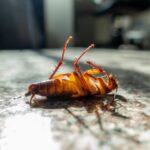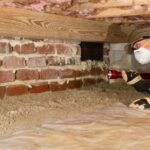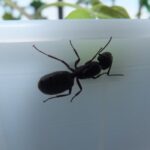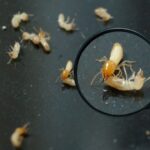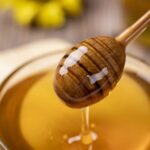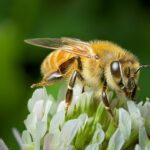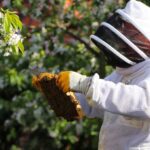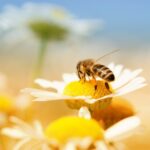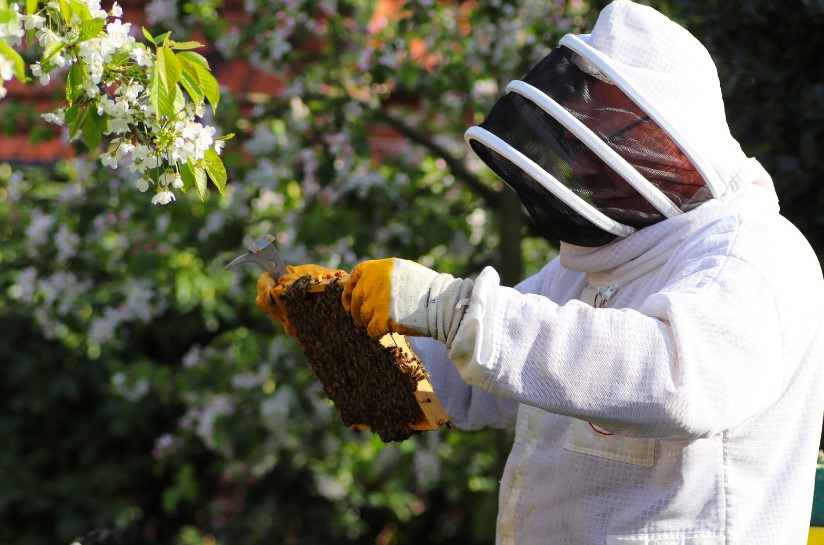

Boosting Productivity and Effectiveness
When it comes to bee relocation, prioritizing the safety and well-being of these important pollinators is crucial. At Bug Out Now! Pest Control, we understand the significance of following safe relocation practices to minimize stress and ensure the successful transition of bee colonies. In this article, we will provide you with a step-by-step guide on safe relocation techniques, enhancing productivity and effectiveness while safeguarding the bees.
Assessing the Bee Colony and Understanding Their Behavior
Before initiating the relocation process, it is essential to assess the bee colony and gain insights into their behavior. This step allows you to plan the relocation effectively and minimize disruptions. Consider the following:
- Identify the species: Recognize the specific type of bee species you are dealing with, as different species may require distinct handling methods.
- Observe their behavior: Pay attention to the colony’s activity patterns, such as foraging and swarming behaviors. This information will help determine the best time for relocation.
Selecting Appropriate Relocation Sites and Consulting Local Experts
Choosing the right relocation site is crucial for the bees’ well-being and the success of the colony. Follow these steps:
- Research suitable locations: Identify potential sites that provide a suitable environment for the specific bee species, with access to adequate food sources and protection from adverse conditions.
- Consult local beekeepers or conservation organizations: Seek guidance from experienced beekeepers or conservation experts who can offer valuable insights and recommend suitable relocation sites.
Safely Removing and Transporting the Bee Colony
The actual process of removing and transporting the bee colony requires careful execution to ensure minimal stress and maximum safety. Follow these guidelines:
- Wear protective gear: Use appropriate beekeeping attire, including a veil, gloves, and protective clothing, to minimize the risk of stings and protect yourself during the relocation process.
- Use bee-friendly tools: Utilize bee-friendly equipment such as smokers and gentle handling techniques to calm the bees and reduce their agitation.
- Carefully remove the colony: Employ gentle methods, such as bee brushing or bee box trapping, to safely collect the bees without causing harm.
- Transfer to a secure container: Transfer the bees to a suitable container, ensuring proper ventilation and protection during transportation.
Ensuring Proper Housing and Care in the New Location
Once the bees have been successfully relocated, their well-being in the new habitat becomes a priority. Follow these steps to provide proper housing and care:
- Prepare a suitable hive or habitat: Set up a well-designed hive or appropriate habitat that meets the requirements of the specific bee species. Ensure ample space, proper ventilation, and access to food sources.
- Monitor and provide nourishment: Regularly inspect the relocated colony, checking for signs of disease or stress. Provide them with a diverse and abundant source of nectar and pollen to support their health and productivity.
- Seek professional advice if needed: If you encounter any challenges or concerns regarding the well-being of the relocated colony, do not hesitate to consult professional beekeepers or entomologists for guidance.
By following these safe relocation practices, you not only prioritize the welfare of the bees but also contribute to the overall health and sustainability of our ecosystem.
At Bug Out Now! Pest Control, we are committed to employing these practices to ensure the safe relocation of bees, promoting a harmonious coexistence between humans and these invaluable pollinators. Together, let us safeguard the future of our environment by implementing responsible and effective bee relocation techniques.



